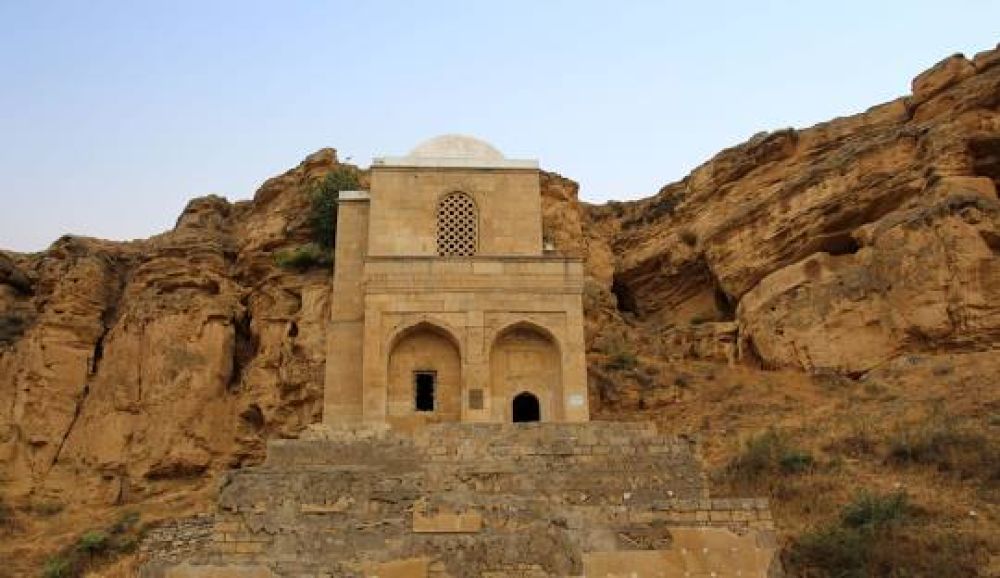

The Diri Baba Mausoleum, resting in the quaint village of Maraza near Shamakhi, Azerbaijan, is a testament to the architectural brilliance and spiritual significance of the region. Its history as a tourist destination is as intricate as the carvings upon its walls. Let's delve into the historical journey of tourism centered on this enigmatic monument.
Built in 1402, the Diri Baba Mausoleum immediately sparks intrigue due to its impressive construction against a rocky cliffside. It was originally created to house the remains of Diri Baba, a holy person whose legend attracted pilgrims and travelers, even during its early history. This laid the foundational stone for what would become a longstanding relationship with tourism.
Tourism in the region began to gain momentum during the Soviet era. Despite restrictions on international travel, the Mausoleum drew in domestic travelers who were encouraged to explore the history and culture of the Soviet Union. During this period, the Diri Baba Mausoleum became part of the standard itinerary for those visiting Azerbaijan due to its cultural significance and unique aesthetic appeal.
With the dissolution of the Soviet Union and Azerbaijan's subsequent independence in 1991, the country opened up to the global community. As a result, the Diri Baba Mausoleum has seen a steady increase in international visitors, keen to experience the nation’s rich heritage and architectural wonders. Investments in infrastructure and targeted marketing campaigns have helped to bolster international interest in attractions like the Mausoleum.
Today, Azerbaijan is harnessing technology and new trends to further enhance its appeal to tourists worldwide. The latest trend in the tourism industry here includes:
The Diri Baba Mausoleum continues to leave visitors in awe, securing a bright future for the tourism sector in Shamakhi, Azerbaijan. With a strong blend of history, culture, and natural beauty, it stands not just as a mausoleum, but as a beacon drawing curious eyes from around the globe.